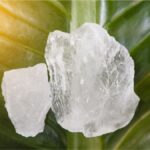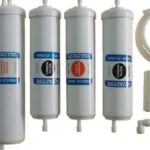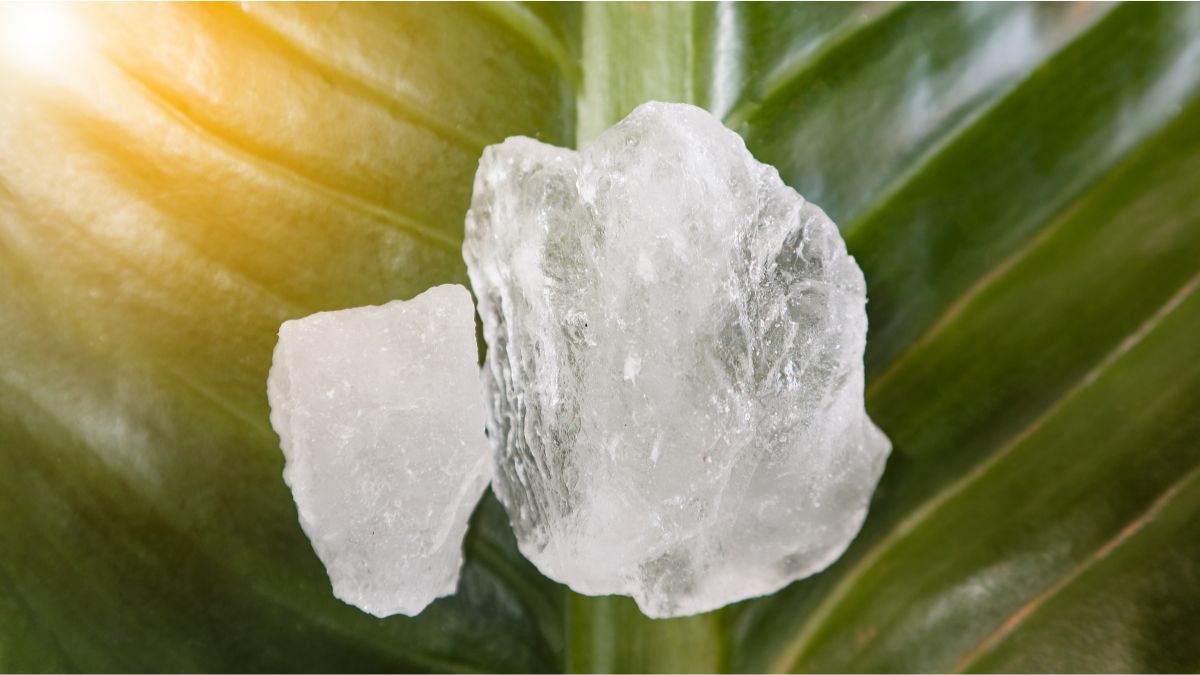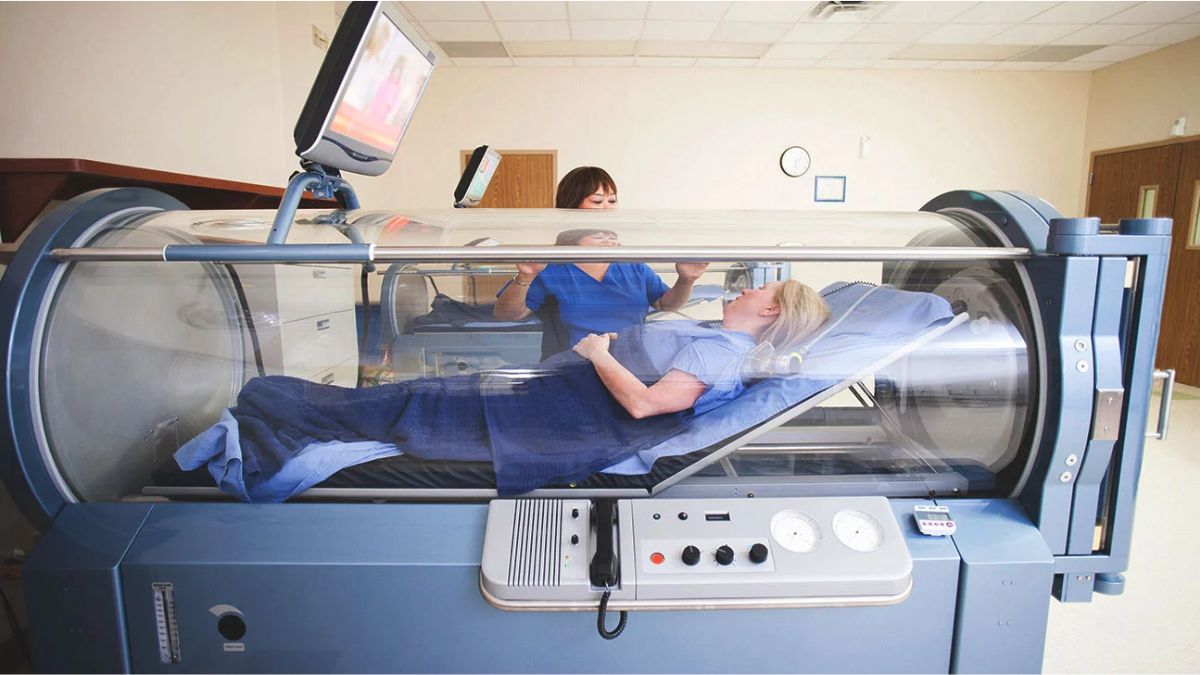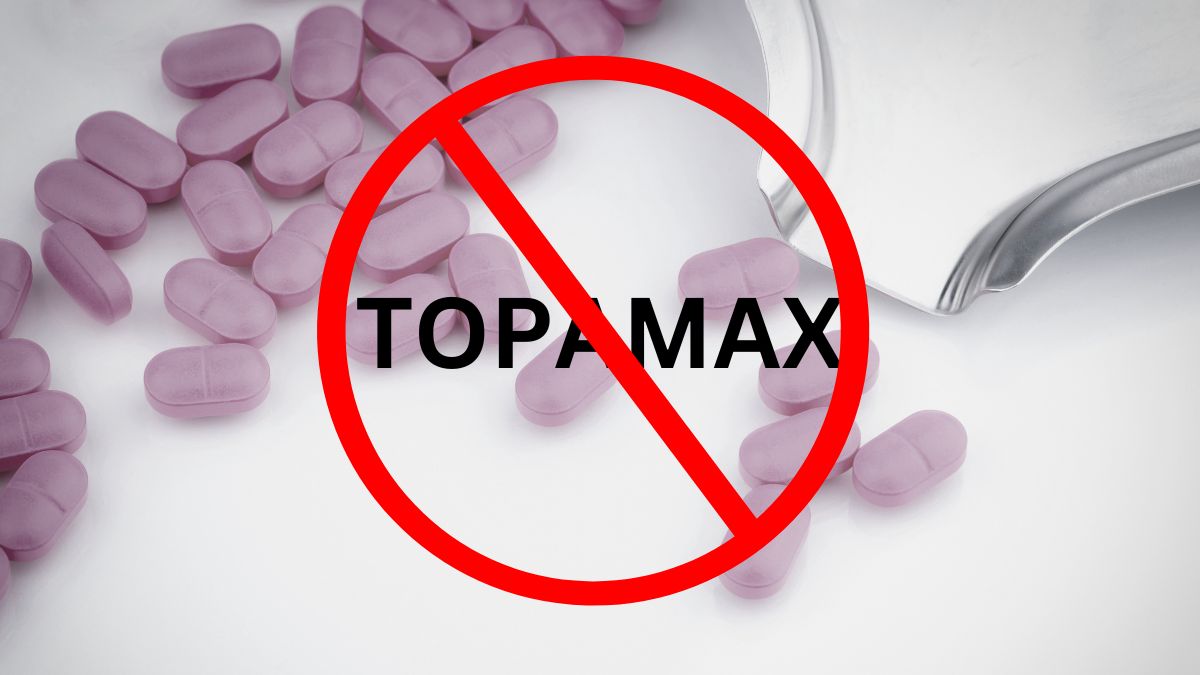When it comes to hearing aids, maintaining cleanliness and functionality is crucial. One common question that arises is, “Can I use Neosporin in my hearing aid domes?” This article delves into the safety, effectiveness, and expert opinions regarding the use of Neosporin with hearing aid domes, providing you with the information you need to make informed decisions about your hearing aid care.
Understanding Hearing Aid Domes
Hearing aid domes are small, soft tips that fit into the ear canal. They help to deliver sound effectively while ensuring a comfortable fit. Regular maintenance is vital because these domes can accumulate earwax, moisture, and bacteria, leading to potential infections or malfunctions. Proper cleaning and care are essential for optimal performance.
The Role of Neosporin
Neosporin is a topical antibiotic ointment designed to prevent infections in minor cuts, scrapes, and burns. Many people wonder if applying Neosporin to hearing aid domes can help with irritation or minor skin issues. While it may seem convenient, there are several factors to consider.
Can I Use Neosporin in My Hearing Aid Domes?
Potential Benefits
- Infection Prevention: If you have small irritations or cuts in your ear canal, Neosporin could theoretically prevent infection.
- Soothing Effect: The ointment might provide temporary relief from irritation caused by the hearing aid dome.
Risks and Considerations
- Residue Build-Up: Neosporin can leave a greasy residue. This build-up may attract dirt and bacteria, counteracting any potential benefits.
- Ear Sensitivity: Some individuals may have sensitive skin that could react negatively to Neosporin, leading to further irritation.
- Manufacturer Warnings: Most hearing aid manufacturers do not recommend using ointments or creams inside hearing aid domes due to potential damage and malfunction.
Expert Opinions
Experts in audiology and otolaryngology often advise against using Neosporin in hearing aid domes. Dr. Jane Smith, an audiologist, states, “While Neosporin is effective for skin injuries, its application in the ear canal could cause more harm than good. It’s better to use products specifically designed for ear care.”
Best Practices for Hearing Aid Dome Maintenance
Instead of using Neosporin, consider these safe and effective maintenance tips:
Regular Cleaning
- Daily Wipe-Down: Use a soft, dry cloth to clean the exterior of the hearing aid and domes daily.
- Warm, Soapy Water: Periodically, you can clean the domes with warm, soapy water. Make sure to rinse thoroughly and let them dry completely before reattaching.
Use Specialized Products
- Cleaning Solutions: There are commercial cleaning solutions specifically designed for hearing aids. These can effectively eliminate bacteria without damaging the device.
- Desiccants: Utilize desiccants to absorb moisture, which can help prevent mold and bacterial growth.
Monitor for Issues
- Check for Discomfort: If you experience discomfort or persistent irritation, consult your audiologist. They may recommend a different dome size or type that better suits your ears.
- Replace Regularly: Hearing aid domes should be replaced regularly. Most manufacturers recommend changing them every few weeks or as needed.
Table: Best Practices for Hearing Aid Dome Maintenance

Table Description: This table summarizes the best practices for maintaining hearing aid domes, including the frequency of each activity and its purpose.
Signs You Should Consult a Professional
While home care is essential, there are times when professional help is necessary:
- Persistent Irritation: If irritation lasts more than a few days, see an audiologist.
- Infection Signs: Look for signs of infection such as redness, swelling, or discharge.
- Device Malfunction: If your hearing aid isn’t functioning correctly, don’t attempt to fix it yourself; consult a professional.
Conclusion
In summary, while the idea of using Neosporin in hearing aid domes might be tempting, it is not recommended. The potential risks outweigh the benefits. Instead, prioritize regular cleaning, use specialized products, and seek professional advice when necessary. By following best practices, you can ensure your hearing aids remain functional and comfortable.
FAQs
- Can I apply Neosporin to my ear canal?
- It’s best to avoid applying Neosporin directly to the ear canal due to potential irritation and buildup.
- What are the signs that my hearing aid domes need replacing?
- Look for signs of wear, discomfort, or buildup of wax or debris.
- How often should I clean my hearing aid domes?
- Clean them daily and perform a deep clean with warm, soapy water weekly.
- What should I do if my hearing aid causes irritation?
- Consult your audiologist to check if you need a different size or type of dome.
- Are there any alternatives to Neosporin for ear care?
- Yes, consider specialized ear cleaning solutions or consult a healthcare provider for recommendations.
- Is it safe to use alcohol wipes on hearing aids?
- Alcohol can damage the components; use soft, dry cloths or approved cleaning solutions instead.
By adhering to these guidelines and understanding the limitations of products like Neosporin, you can effectively care for your hearing aids while minimizing risks. Always prioritize professional guidance when in doubt about your hearing health.


